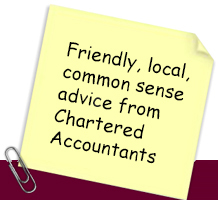Find out how much State Pension you will get, when you can get it and how you can increase it, if you can…
We are used to reviewing our private pension arrangements on a regular basis, but when was the last time you checked out your State Pension arrangements?
The following notes assume you have not yet reached your State Pension retirement age, but you want to see how many more years National Insurance contributions (NIC) you will need to make to receive a full pension when you retire.
State Pension and your NIC record
Your new State Pension (NSP) is based on the number of NIC contributions you have made when you reach your State Pension retirement age.
To qualify for any NSP you will need at least 10 qualifying years. To qualify for the maximum NSP you will need 35 years if you have no NIC record before 6 April 2016.
What if you had gaps when you did not work?
You may qualify for NIC credits for years you did not work if during those years:
- you claimed Child Benefit for a child under 12 years of age,
- if you received Jobseeker’s Allowance or Employment and Support Allowance; or
- you received Carer’s Allowance.
In certain circumstances you can also make voluntary NIC contributions to fill gaps in your contribution record.
How to apply for a State Pension forecast
There is a simple online process you can use to apply for this forecast.
You can access at https://www.gov.uk/check-state-pension
This will confirm how many years NIC contributions you have made and the current forecast of State Pension you would receive.
NOTE: The government may extend the State Retirement Age or change the rates of NSP you might receive, which is why it is worth applying for a forecast on a regular basis.
You will need to have a Government Gateway account to apply for a forecast. If you need help, please call us on 01242 370298, and we will talk you through what you need to do.

